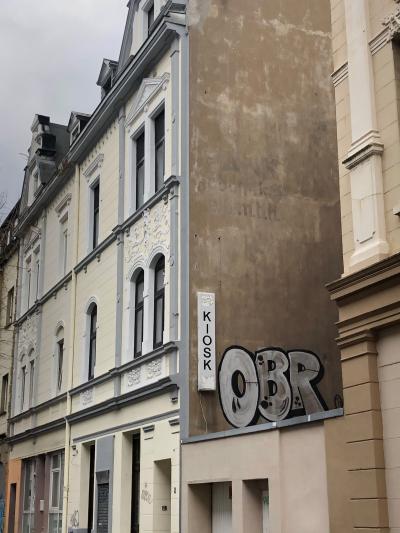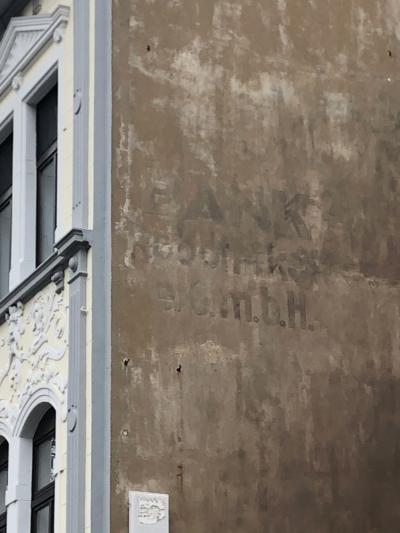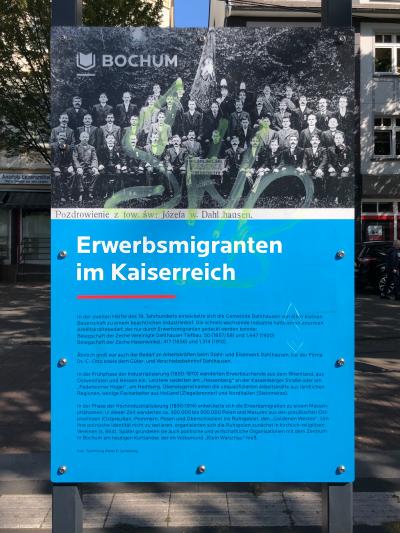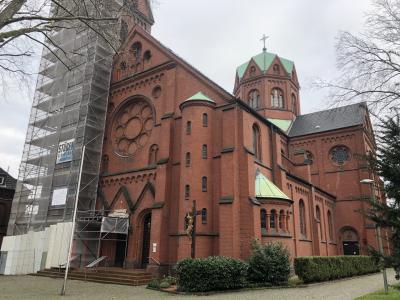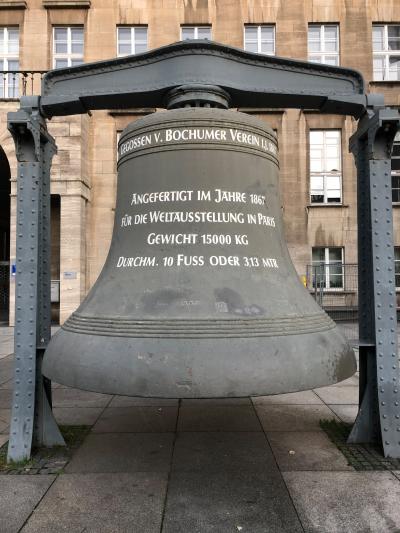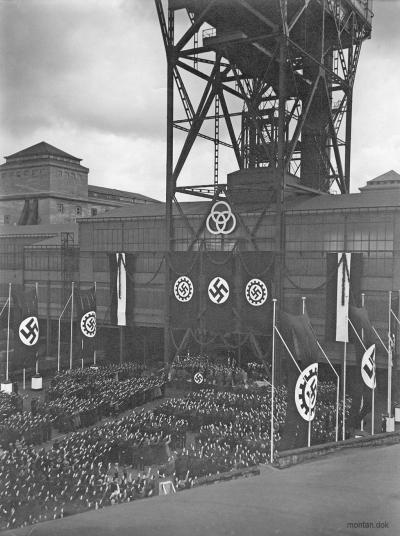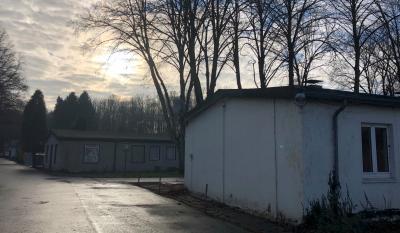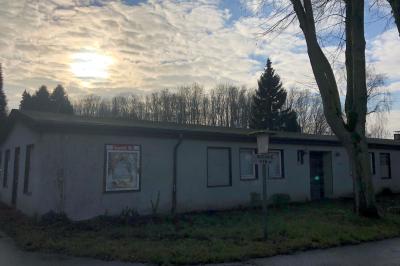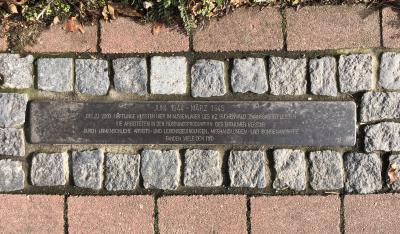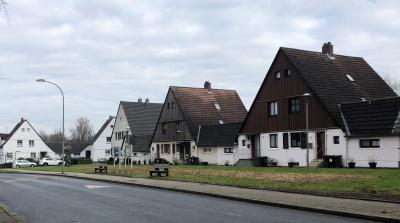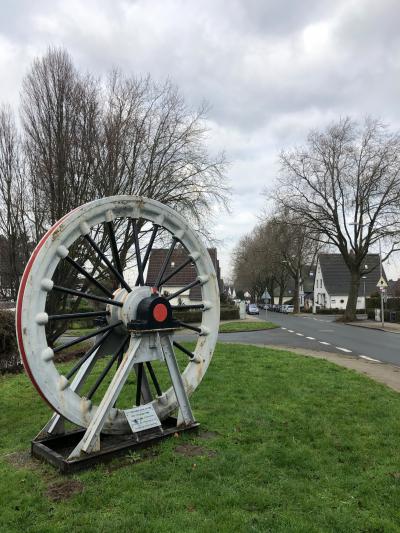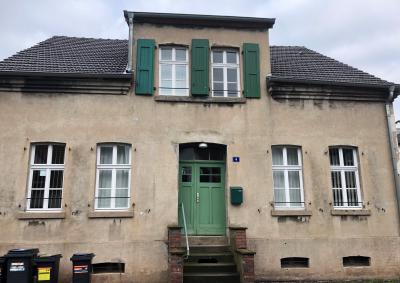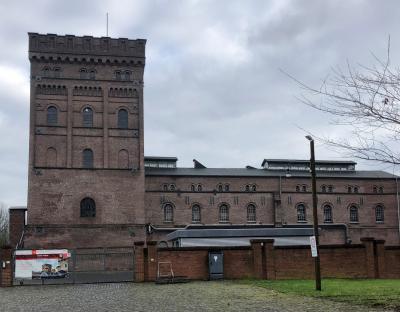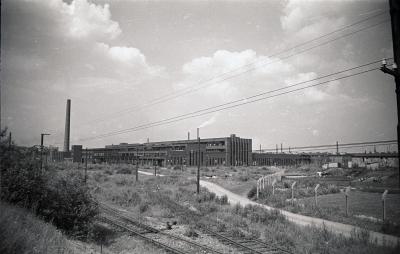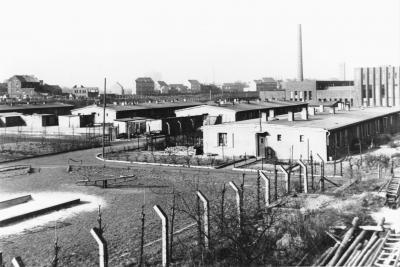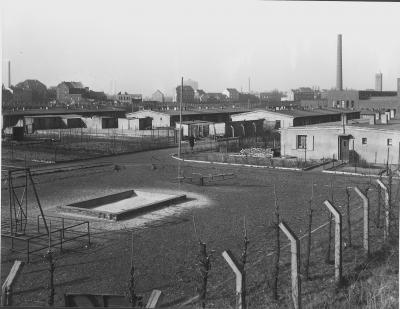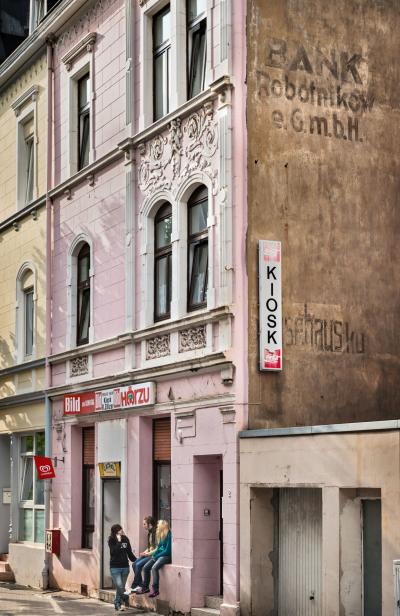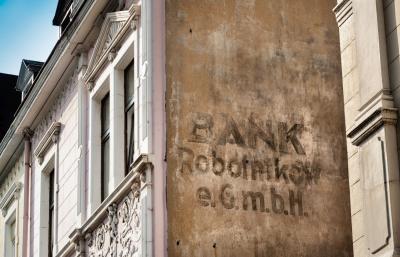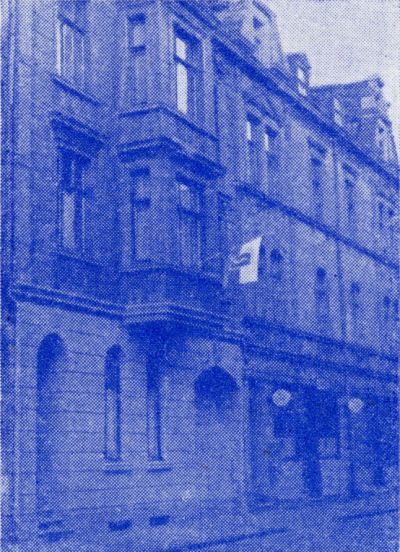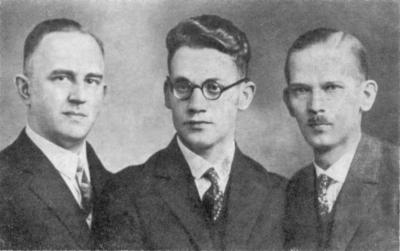About Polish miners, “Polish mines” and “Workers from the East” – A look back at 100 years of the history of Polish workers in Bochum (1871-1973)
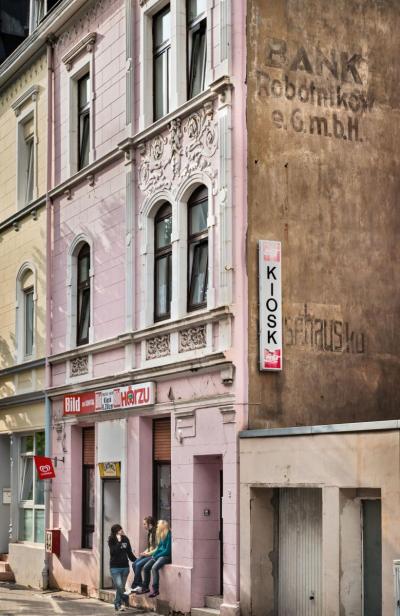
Post-war period and outlook
“The Nazi dictatorship, night-time air raids and fear of death were over, but the hardship and suffering of the people were not”[38]: When Bochum was placed under British control on 12 April 1945, 90% of the city centre had been destroyed. Denazification, clearing of rubble and the lack of essential supplies were just some of the many challenges that the people of Bochum had to face after the end of the war. But the economy was able to be revived quickly – 1957 went down in history as the record year of the economic miracle of the post-war years. However, in the 1960s the tide turned – with coal being increasingly replaced by the energy sources natural gas and oil, the mines started to be gradually closed down. The Bochum mines, which had left such a lasting impression on the town’s history over the past 100 years, were closed one after the other until the Hannover mine in the suburb of Hordel was the last to close in 1973. [39]
And the (Ruhr) Poles? In the 100-year period that has been discussed here, they established themselves as a permanent fixture in Bochum’s history as a city and as a place to work. They migrated to the Ruhr area as Prussian citizens, whose language and nationality were Polish, and they played a significant role in the region’s economic recovery. Traces of the Ruhr Poles’ labour migration can still be seen in Bochum today: Some of the old miner’s settlements, where Polish migrants also lived, still exist today – these include the Dahlhauser Heide colony in Hordel (see Fig. 11 & 12) where Porta Polonica is housed in one of the listed workers’ houses (see Fig. 13). The former Hanover mine is now one of the sites for the Westphalian State Museum of Industrial Culture (see Fig. 14), whose work as a museum focuses here primarily on labour migration in the 19th century and casts a spotlight on the internal migration of the Ruhr Poles. In the two world wars, many Poles were forcibly deployed to work in the wartime and armaments economy, largely under devastating and inhumane conditions.
Although a large number of Polish workers left the German borders, a considerable proportion of them stayed in Germany and also in Bochum. After the end of the Second World War, the city found itself home not just to the Ruhr Poles and the next generations but also to the Polish workers who had been deployed in the war. Directly after the war, they were given the status of so-called “Displaced Persons” (DPs for short) – whilst some of them returned to their homeland, some of the DPs remained in Germany permanently.
In the period after the war, the Polish community in Bochum continued to grow, particularly as a result of the migratory movements of (later) emigrants. If you look in the phone book, amongst the population of Bochum, just like in the rest of the Ruhr area, you will find a variety of family names ending in -ski, -cki, -rek or -czyk indicating Polish genealogy. As well as Polish shops, like the SMAK supermarket in Laer or Nasza Biedronka in Wattenscheid, Polish religious life is still active in the city today and is organised by the Polish Catholic Mission in Bochum in St. Joseph’s church. The emergence of a Polish cultural life is also evident, as can been seen from the example of the artist group Kosmopolen founded in Bochum in 2008. When Porta Polonica, the Documentation Centre for the Culture and History of Poles in Germany, was established, which began its work as a federal project run by the Landschaftsverbandes Westfalen-Lippe [Regional Council of Westphalia and Lippe] (LWL) in 2013, a central institution for documenting and researching Polish life in Germany as part of the culture of remembrance made its home Bochum.
In the 100-year period that has been outlined in this article, Polish labour migration has been involved in various developments in Bochum’s history – most notably economic developments. Today, the Poles and the descendants of the Polish labour migrants are a permanent part of the population of Bochum and will continue to enrich the cultural and economic life of the city in the future.
Finally, a special thank you goes to Ms Maria Schäpers and the Montanhistorisches Dokumentationszentrum/mining archive in Bochum for providing documents.
Natalia Kubiak, January 2021
